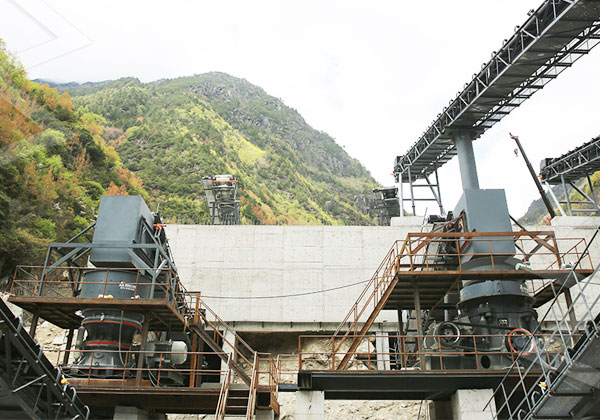A 150 tph basalt crushing plant typically involves several stages to process basalt rocks into various sizes of aggregate. Basalt is a hard and dense volcanic rock that is widely used in construction and landscaping due to its durability.

Components of a Basalt Crushing Plant
- Primary Crushing: The basalt is initially crushed by a primary jaw crusher, which reduces the rock size to about 150-300mm.
- Secondary Crushing: After primary crushing, the crushed basalt is further crushed by a secondary cone crusher or impact crusher to reduce it to the required size range of 0-40mm or 0-63mm.
- Screening: The crushed basalt materials are screened to separate different sizes of aggregates. This ensures uniformity in the final product.
- Conveying and Storage: Conveyor belts are used to transport the crushed basalt to different locations within the plant or to storage piles.
- Washing (Optional): Depending on the application, washing may be required to remove fines or impurities from the basalt aggregate.
Cost Factors
The cost of setting up a 150 tph basalt crushing plant can vary widely depending on the equipment selected, site conditions, and other factors. Key cost components include:
- Equipment Cost: This includes the cost of crushers, screens, conveyors, and other equipment needed for the crushing plant.
- Installation Cost: Costs associated with setting up the plant, including civil works, electrical work, and structural support.
- Operating Costs: Costs incurred during operation, such as fuel, maintenance, and labor costs.
- Raw Material Cost: Cost of purchasing basalt rocks from quarries or suppliers.
- Transportation Costs: Cost of transporting raw materials and finished products to and from the plant.
- Environmental Compliance: Costs associated with meeting environmental regulations and permits.
Setting up a 150 tph basalt crushing plant requires careful planning and consideration of various factors to ensure cost-effectiveness and efficiency. The exact cost can vary significantly based on specific project requirements and local conditions. Engaging with experienced suppliers and consultants can help in optimizing costs and ensuring a successful project outcome.
